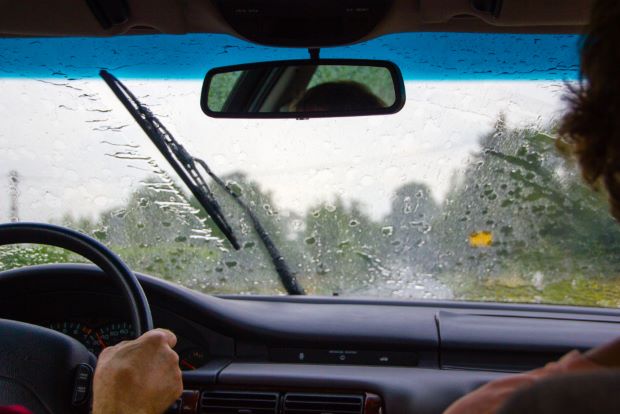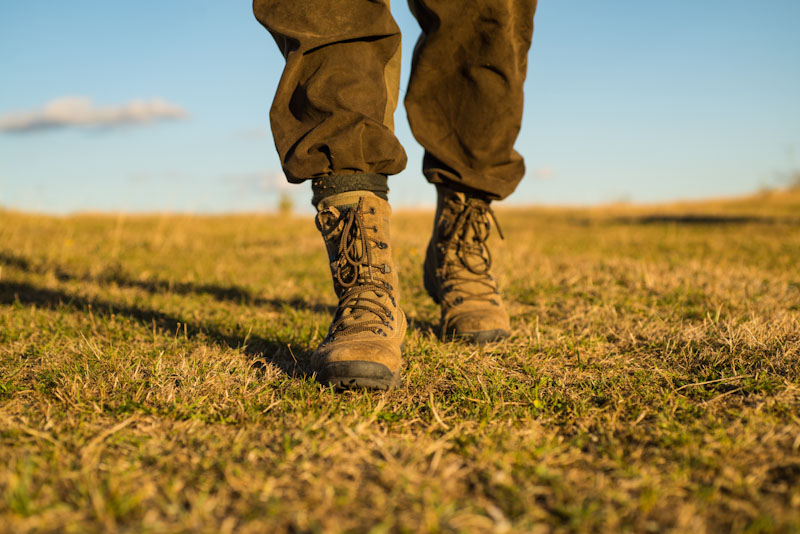Is the weather threatening your plans of driving coast to coast?
Mother nature will do that from time to time, and when she does, you need to listen. The U.S. Department of Transportation data shows that 21% of all vehicle crashes are due to the weather. Wet pavement owns 70% of the car crash pie, while rainfall accounts for 46%.
So, what’s the best possible advice on how to survive a road trip in severe weather situations like hurricanes or thunderstorms?
Stay put
Postpone your trip until the weather clears and you’re golden. However, the scenarios and circumstances for each person will always be different. For some individuals, postponing or canceling a trip due to bad weather isn’t an option. If this sounds like you, this article aims to address how to handle a pissed-off mother nature while in your car.
Prep Your Vehicle
Prepping your car for a severe weather scenario should be priority number one before heading out. On the open road, your vehicle is the only protection you’re going to have for whatever comes at you, like lightning, wind, and hail. Using a car that’s not equipped to deal with the situation puts your life and the lives of your companions at risk.
If you know what you’re doing, give the vehicle a thorough inspection to make sure everything works. You can always get a mechanic to do the car check for you if vehicle maintenance isn’t one of your skills. If you’re purchasing a new or used SUV for this particular journey, be sure to read reputable car buying tips to avoid getting a lemon. Don’t forget to load your car emergency kit and emergency survival kit.
Map out Your Entire Route Ahead of Time
Before starting your road trip, get a GPS-enabled, standalone digital map to plan your main route. Mark and include rest stops and gas stations along the way, as well as any other stable structures you can use as an emergency shelter when SHTF. Map out alternate routes should the main one become too damaged and unpassable.
Once you’re done mapping out your route, take note of all the counties you’ll be passing. The National Weather Service (NWS) issues severe weather warnings based on counties. Tune-in to all the local weather stations in each county to get an idea of the current weather situation. Check the news, listen to NOAA weather radio, or go online to get more information if applicable.
Vehicle Survival and Safety Guidelines in Severe Weather
All vehicles are the absolute worst places to be during severe weather situations. RVs, trains, boats, cars, planes, a tank – it doesn’t matter. Tornados can throw around an 18-wheeler truck like a toy, and hurricanes can move large boats with ease. Anything in the path of a tornado that isn’t bolted to the ground can be lifted, rolled, blown over, crushed, or destroyed.
The NWS advises motorists that these situations are avoidable by being alert to the possibility of severe weather.
Some of the safety tips from the NWS include:
- Delaying your trip if there are severe thunderstorms in the area.
- Familiarize yourself with the area and keep a map with county names and boundaries handy.
- While in the car, quit listening to music and search for a local radio station that broadcasts weather information. Some radio stations will interrupt regular programming to broadcast weather updates and warnings.
- Always have a battery-powered weather radio in the car.
What to Do When You Get Stuck on the Road
Plenty of things can happen during a severe weather situation. These tips can help increase your survival chances.
- During a downpour of hail or rain, get off the road when you can’t see the car in front of you. Seek shelter in a nearby gas station or any place with an awning.
- It is hazardous to park under a bridge or overpass because this may cause a traffic jam if other motorists want to pass.
- Avoid parking under a tree or near a tall object. It can get hit by lightning or toppled by strong winds.
- Once you’ve pulled over, turn off the engine and turn on your emergency hazard lights. Make sure all the lights are off so other drivers won’t confuse your tail-lights for a moving vehicle.
- Engage the parking brake and keep your seatbelts fastened in case another call pulls over and doesn’t see you.
What’s in a Thunderstorm?
A thunderstorm or electrical storm is a rain shower with thunder and lightning. Thunderstorms become classified as “severe” when they contain more than an inch of hail, winds gusting over 50 knots or a tornado. In the U.S., more than 100,000 thunderstorms form each year, 10% of which reach monster levels. The chance of getting hit by a tornado in your car is slim, but thunderstorms have other life-threatening elements that can ruin your day.
These include:
Heavy Rain and Flash Floods
Even ordinary thunderstorms can produce too much rainfall for the storm drains to handle. Heavy rain that pours in a short amount of time can inundate low lying areas and cause dangerous flash floods, even on roadways. Don’t try to drive through a flood.
If you get stuck inside your vehicle during a flood, don’t panic and follow these steps:
- Move fast and unbuckle your seatbelt. Tell your companions to do the same.
- Roll down a window. If the windows don’t budge, use an emergency escape tool or any sharp object to break the glass.
- Swim out of the car and to safety.
Wind
Severe thunderstorms produce destructive straight-line winds that can be stronger than most tornados. Any vehicle caught in the path of a strong thunderstorm gust runs the risk of getting flipped. Get off the road whenever possible, and search for a sturdy building where you can take shelter in.
If there’s a lightning storm:
- Stay in the car or get inside a structure immediately, if possible. Lightning hitting your vehicle will travel through the metal parts and straight into the ground.
- Lightning can move through your car’s electrical system. Place your hands on your lap, and don’t touch anything inside the vehicle. Wait until the lightning storm is over.
Hail
One of the more frightening elements of severe thunderstorms is hail. The chunks of ice can be as large as softballs and hurtle towards the ground at over 120 mph. Hail can dent bodywork, break windshields and crack a skull open.
During a hail storm:
- Get off the road as fast as possible, and seek shelter in a structure or underneath an awning.
- Get as far away from the car windows as possible and cover your face with a shirt or jacket.
- Lie face down on the floor of the vehicle if possible. You can also turn your back to the windows and lie face down on the seat.
- If you have young kids, shield them with your body when lying down.
Tornados
Tornadoes change the survival game when caught in a severe thunderstorm. When staring down a tornado threat while on your road trip, the best course of action depends on the following:
- Your exact location.
- The tornado’s location.
- The tornado’s speed and direction of movement.
- Available road options not on the tornado’s path.
- The time of day.
- Traffic conditions.
- Nearby structures.
- Other weather conditions present.
If the tornado’s distance is far enough and road/traffic conditions are favorable, you can make a run for the nearest shelter. Find something bolted to the ground, get in, get down, and cover-up. In a tornado situation, truck stops, convenience stores, and even walk-in coolers will do.
Can a Tornado be Outrun?
In some situations, you can get out of a tornado’s way by getting out of its path or stopping and letting it pass – but only if the conditions are right. Everything has to fall in your favor, including the time of day, traffic, road options, and your line of sight. You need to able to determine exactly which way the tornado is moving and how fast it’s going. After that, you need to find a road that leads away from the tornado’s path and into a shelter, while avoiding other hazards.
Your worst-case survival scenario is getting trapped inside a vehicle on the road with no escape options. This situation can happen in highly populated areas during rush hour traffic. You can also get stuck on roadways with limited access to exit points leading to shelter, such as interstates and turnpikes. In these extreme situations, you should abandon your vehicle and find shelter in a low spot, culvert, or ditch as a last resort.
When seeking shelter in ravines and ditches, you’re exposed to strong winds, rain, hail, lightning, and flying debris. While some people have survived a tornado by jumping in a ravine, others weren’t as fortunate. If you have to abandon your vehicle, get as far away from it as possible.









